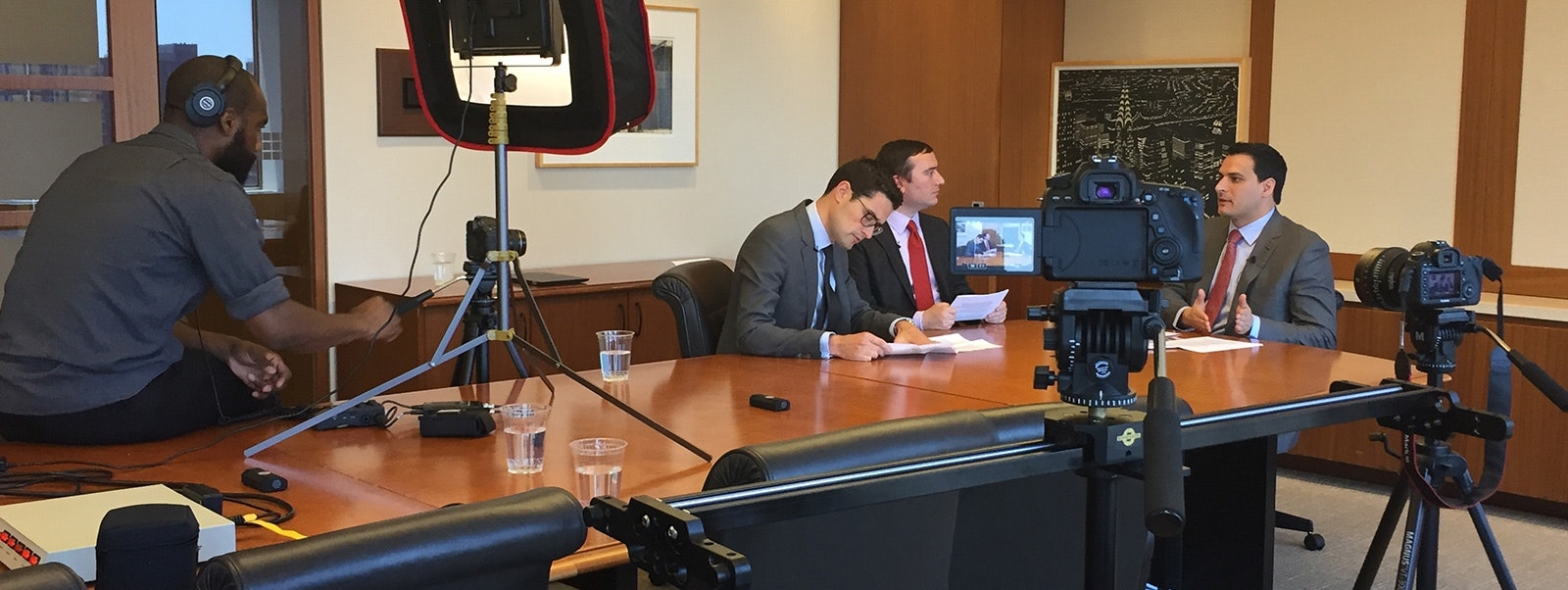As a result of the Financial Accounting Standards Board’s (FASB’s) changes to credit loss accounting, financial institutions will need to make significant changes to their loss forecasting methodology and infrastructure. FASB ASC 326 requires a move to allowances based on “current expected credit losses” (CECL), forcing institutions to estimate expected losses over the life of most credit exposures not subject to fair value accounting.
In a conversation led by Aaron Fine, Ross Eaton, and Dan Cope explain their thoughts on the strategic implications and how CECL is likely leading to changes in product structure and pricing including a fall in return on equity (ROE) for many products.
CECL will not only impact banks but also insurance companies. Ross and Dan present specific perspectives and recommendations on CECL for insurers. One example are reinsurance receivables which are explicitly mentioned in the FASB CECL standard.





